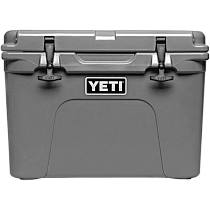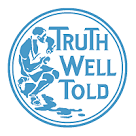Kylie Jenner’s Coty Deal.
International Cosmetics Company Coty Inc. is paying spokesowner Kylie Jenner 600 million dollars for 51% of her company. Not a bad day at the office for Ms. Jenner. Does that mean Coty is the “boss of her” now? I think so. Not that they would want to piss her off. Easy come easy go… Kylie could mic drop the company (unless contractually obligated) if she feels mistreated.
Kylie is smart. Coty is just one percent smarter. Kylie, in effect, has just signed a deal to be Coty spokesperson for life. It may seem like a Bobby Bonilla deal (Google it), but fast forward a couple of decades when spokespeople are paid even crazier money for their marketability (read, media magnetism) and this one-time payout may seem low. Argentina’s Lionel Messi earned $127 million this year. Ms. Jenner is only 22 years old but at age 42 she may regret today’s rate.
Coty’s main reason for the purchase seems to be Ms. Jenner’s social media following. She has 270 million followers. All In the right demographic…today.
Is this smart business? My guess is it will be for a few years, but without the right business blocking and tackling this move will water down both brands.
C’est la vie.











